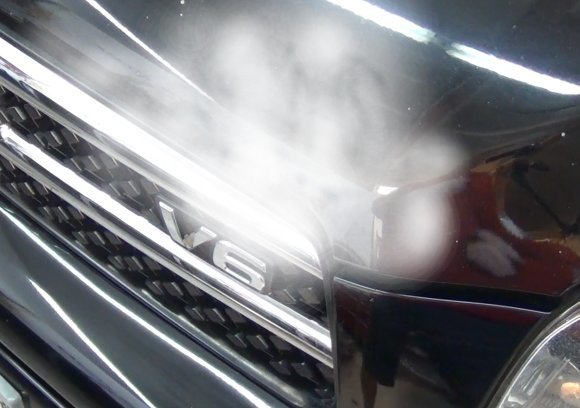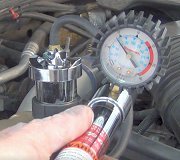Tuesday, June 15th, 2010 AT 6:04 PM
My car has been leaking coolant for while now. I took it to a mechanic after it all flooded out at one tiime. He checked it out and replaced the auxiliary water pump and told me when I went to pick it up that it was possible it might need a new radiator because there was a small leak. Well by the next morning that small leak became a large leak and my coolant emptied all over the pavement all over again. My question is how can I tell if it really is the radiator that needs replaced? I don't want to replace things that aren't broken. The leak appears to be coming from the front of the engine which is where the radiator is. I appreciate any help with this.


